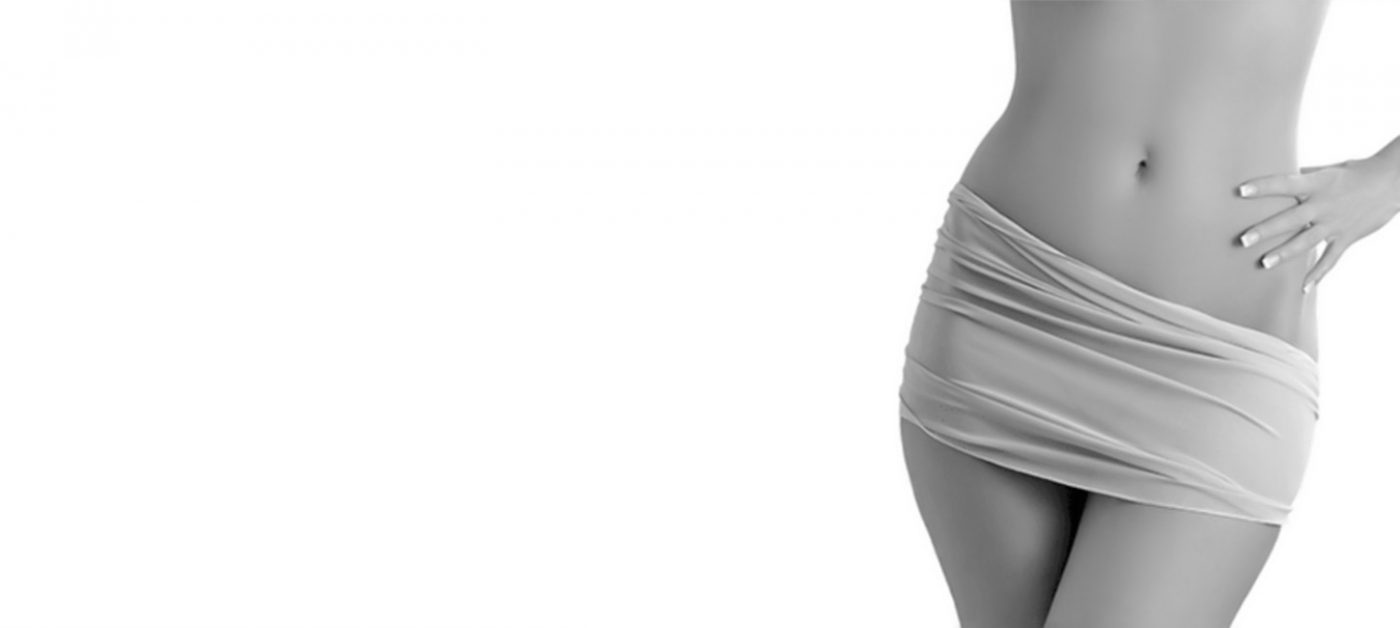The PRP (Platelet Rich Plasma) method or otherwise autologous Mesotherapy is one of the most popular non-invasive techniques, which has been applied with great success in recent years. It has excellent results in terms of anti-ageing and the treatment of hair loss.
What is the PRP method?
In plasma, which is a constituent of blood are contained white and red blood cells and platelets. Platelets are mainly known for the role they play in the blood clotting process. Apart from this, however, they contain proteins, the growth factors that help heal the wounds, contribute to cell proliferation and the formation of blood vessels. PRP (or otherwise the platelet-rich plasma) is the plasma containing a large number of platelets and therefore more growth factors (about 10 times more than in the common plasma). PRP is prepared after the platelets are separated by the centrifugation process.
How is PRP applied?
Initially, a small amount of blood (20 to 30 ml) is taken. After the platelets are separated, the centrifugation process, which lasts 15 minutes, begins. Then we add a substance that enhances growth factors and is ready for use. The plastic surgeon through a small syringe with a very fine needle is injecting the material into the treatment points. The procedure is the same as in Mesotherapy and its duration does not exceed 45 minutes. The infusion of PRP is carried out with multiple head in the Mesoderi, after spreading with local anesthetic.
Who is the PRP method addressed to?
The PRP method is addressed equally to men and women whose skin has lost its luster, is dull and lifeless as well as those who inconvenienced from intense hair loss.
Is there a suitable age for someone to start the PRP?
No age is considered appropriate or inappropriate with regard to PRP, just as early as someone starts the better the results will be. This is due to the fact that the concentration of growth factors in plasma, as we are the fifth decade of our lives, is shorter. To start this particular treatment should have obvious signs of wear and tear. The process and the rhythm of ageing vary from person to person, so one may be needing the PRP after the age of 30 years, while someone else after 40.
Can the PRP method be applied to everyone?
The PRP method can be applied to those who are characterized by good general health and mental balance. It cannot be applied to those who experience blood-related problems, suffer from chronic illnesses, have a gestation period, suffer from the AIDS virus or some form of malignancy.
At what points can the PRP method be applied?
The PRP method can be applied to the face, neck, décolleté and hands to revitalize the skin, in the body to fight the local fat and cellulite and in the area of the scalp to stop hair loss.
What benefits does the PRP method have?
The PRP method is completely harmless because it is the only one that leverages the regeneration forces of the human organism. While in other non-invasive treatments The infusion material is synthetic and is produced artificially in the laboratory, in the PRP the material is “product” of the patient’s own organism. The benefits are as follows:
- The contour of the face is improved.
- The neck area is clamped.
- Smoothed wrinkles of the face and neck.
- The local thickness is eliminated.
- Combated cellulite.
- Scars and acne scars are restored.
- Hair loss is cured.
Why should I proceed with PRP therapy?
Some of the advantages of this particular method are the following:
- It is characterized by maximum safety.
- The results are long.
- The expressiveness of the face is not altered.
- The reconstruction of the epidermis is achieved in the most natural way.
- Easy to apply.
- Collagen production is enhanced.
- There are no side effects, because the material comes from the patient’s own organism.
- The skin becomes vigorous and youthful.
- Black circles are improving.
When are the PRP results visible?
The results become visible about two weeks after the first application and are finalised over a month.
How many times should I resume treatment with PRP in order to get the best possible results?
There is no specific number sessions because as each person differs, so do the needs of the skin. If skin wear is not long, one treatment may be sufficient. But the usual is to require 2 to 3 sessions.
When should the treatment with PRP be repeated?
The interval between applications must be at least 40 days. In order for the results to be retained it would be beneficial to repeat the treatment once per year.
Does PRP have no side effects?
As mentioned above there are no side effects from the application of PRP, for the simple reason that the material comes from the body itself so that the fear of an allergic reaction is reset. The only consequence that can occur is the bruises on the signs that the infusions took place, which subside after a few days.
How does PRP combat hair loss?
In order to treat hair loss with the PRP method we perform infusions at the points where dilution occurs, this causes hair follicles to grow and new hairs to be created. The remaining hair is also strengthened and further loss is prevented.


 Ελληνικα
Ελληνικα